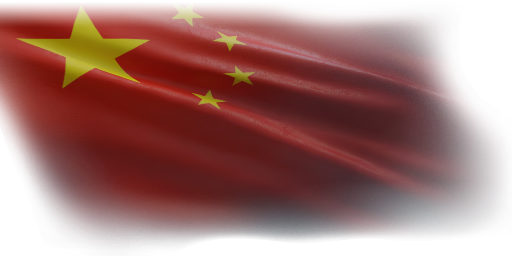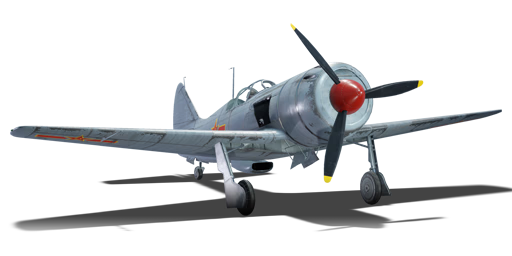



Due to its late introduction in 1946, the La-9 was already obsolete, along with its long-range variant La-11. However, while they would have to compete with the dawn of the jet fighters, Lavochkins were still considered an economic alternative for countries which needed to expand their air forces quickly. One such user was the PLAAF. As the aviation forces of the PLA (being officially established on 11th November 1949) only consisted of less than 20 fighters, most of which were captured aircraft from the ROCAF, there was a dire need to establish more fighter regiments against ROCAF air raids. A deal for 120 fighters was set in August 1949 and these aircraft soon joined the PLAAF and PVAF during the Korean War. They would soon be phased out by the MiG-15bis, leaving them as a trainer aircraft for PLAAF pilots before they hop into the latest jet fighters, sometimes also being used as attackers against insurgents at different locations over Mainland China.
Introduced in Update 1.91 "Night Vision" along with the initial Chinese aviation tree, the La-9 retains all the features of its Soviet counterpart. While it will face late WWII jets and has an air-cooled engine that doesn't perform well in high-altitude operations, if any fighters are lured below La-9 by teammates, it can be utilized well to chase off and take down these targets with its four devastating 23 mm autocannons.
flaps
flaps
flaps
brake
| Belt | Belt filling | Armor penetration (mm) at a distance: | |||||
|---|---|---|---|---|---|---|---|
| 10 m | 100 m | 500 m | 1000 m | 1500 m | 2000 m | ||
| AP-I/FI-T | 32 | 30 | 22 | 15 | 10 | 7 | |
| FI-T/AP-I/AP-I/AP-I | 32 | 30 | 22 | 15 | 10 | 7 | |
| FI-T/FI-T/FI-T/AP-I | 32 | 30 | 22 | 15 | 10 | 7 | |
| AP-I | 32 | 30 | 22 | 15 | 10 | 7 | |
| Belt | Belt filling | Armor penetration (mm) at a distance: | |||||
|---|---|---|---|---|---|---|---|
| 10 m | 100 m | 500 m | 1000 m | 1500 m | 2000 m | ||
| AP-I/FI-T | 32 | 30 | 22 | 15 | 10 | 7 | |
| FI-T/AP-I/AP-I/AP-I | 32 | 30 | 22 | 15 | 10 | 7 | |
| FI-T/FI-T/FI-T/AP-I | 32 | 30 | 22 | 15 | 10 | 7 | |
| AP-I | 32 | 30 | 22 | 15 | 10 | 7 | |












Flight performance | |
|---|---|
Survivability |
|---|
Weaponry |
|---|